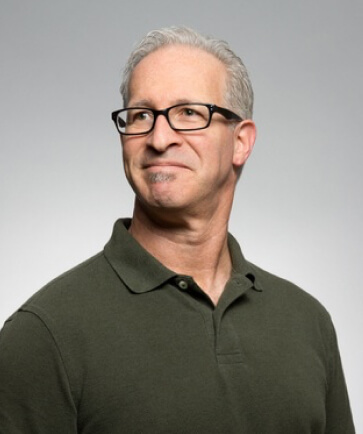Radburn, a historically significant community within Fair Lawn, New Jersey, stands as a symbol of both innovation and discrimination. Known for its pioneering infrastructure, this 149-acre enclave was designated a National Historic Landmark District. However, beneath its celebrated design lies a troubled past of antisemitic practices that excluded Jewish families from homeownership during the mid-20th century. From the 1930s to the 1950s, Radburn systematically barred Jews from buying homes, a practice emblematic of the broader national landscape of segregated housing.
The town's real estate interests feared that an influx of Jewish residents would deter non-Jews, causing a shift in the community's demographic fabric. Despite these exclusionary practices, Radburn's population has maintained an estimated 30% to 40% Jewish demographic for over half a century. This paradox highlights the resilience of Jewish families who eventually found a home in Radburn.
In the early 1950s, a Jewish family faced direct sabotage when they attempted to purchase a home in Radburn. As Janet Moss Kass recounted, her parents were thwarted by neighbors who pooled money to buy the house before they could finalize the purchase.
“The word in the neighborhood got out that a Jew and his family — my mother and father — were about to buy a house in Radburn.” – Janet Moss Kass
This incident was not isolated. Other Jewish families experienced similar resistance, with some residents determined to stop Jewish individuals from settling in Radburn.
“Several of the families surrounding the house pooled some money, approached the seller and offered to buy the house out from under my parents in order to ‘stop Jews from moving into Radburn.’” – Janet Moss Kass
Radburn's history of exclusion is well-documented. The Radburn Association acknowledges this past, admitting that for its first two decades, the community systematically excluded nearly all Jews and people of color.
“For at least its first two decades, Radburn systematically excluded as residents virtually all people of color and virtually all Jews.” – Radburn Association
Echoing this sentiment, current Fair Lawn Mayor Gail Rottenstrich affirmed that discrimination against Jews in Radburn is well-recorded.
“Discrimination against Jews in Radburn early on in the 20th century is well-documented.” – Fair Lawn Mayor Gail Rottenstrich
The exclusionary practices in Radburn were part of a broader pattern seen across suburban America after World War I. Restrictive covenants were commonly used to keep out Jews and other minority groups, as noted by civil rights advocates.
“Restrictive covenants for segregated housing were fairly widely used after World War I in suburban America to keep out Jews and others.” – Scott Richman
Cornell Christianson, a longtime observer of Radburn's history, remarked on the absence of Jewish residents in the area through the 1960s, highlighting the prolonged impact of these discriminatory practices.
“We had no Jewish people living in houses in Radburn up through the 1960s.” – Cornell Christianson
The Fair Housing Act of 1968 marked a turning point, legally ending the practice of excluding individuals from homeownership based on race or religion. This legislation paved the way for greater diversity and inclusion within communities like Radburn.
Today, Radburn's demographic landscape has evolved. Originally comprised predominantly of Protestants and Catholics, the town now reflects a more diverse population. Throughout its history, the Catholic community expanded over time as Protestant numbers dwindled. Jewish residents recall feeling ostracized during their childhoods in the 1950s, highlighting the social challenges they faced even as legal barriers fell.
Ronald S. Roth, a local historian, emphasizes the importance of acknowledging Radburn's exclusionary past while celebrating the progress made since those times.
“We very clearly have to accept our past.” – Ronald S. Roth
He advocates for educating future generations about this history and recognizing how barriers were eventually dismantled.
“We should be unafraid to teach what happened here, and also to celebrate that the barriers to us were eventually broken down.” – Ronald S. Roth




Leave a Reply